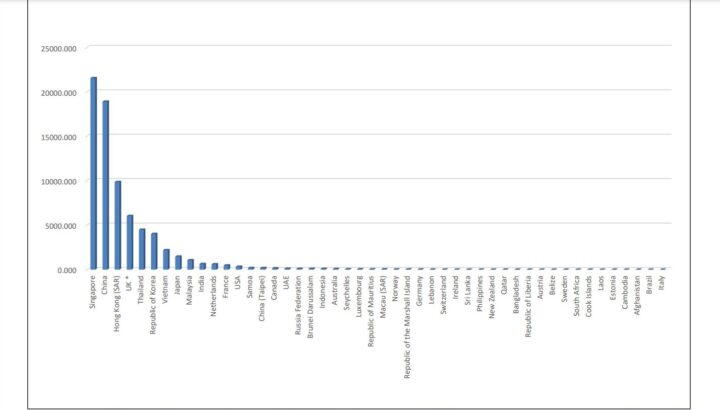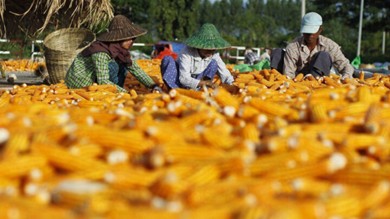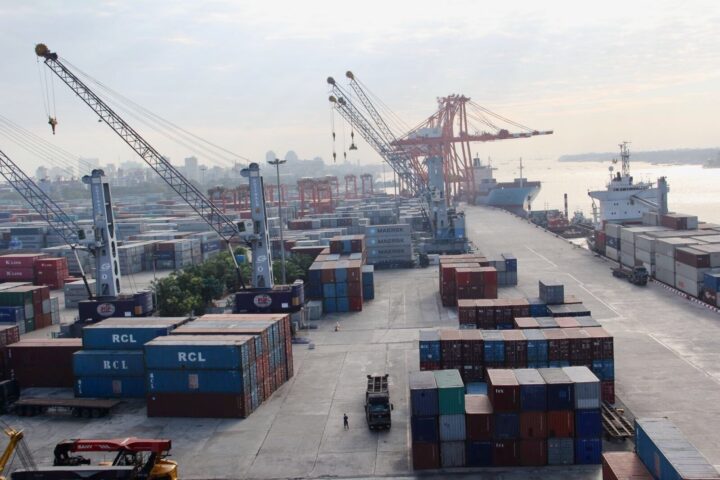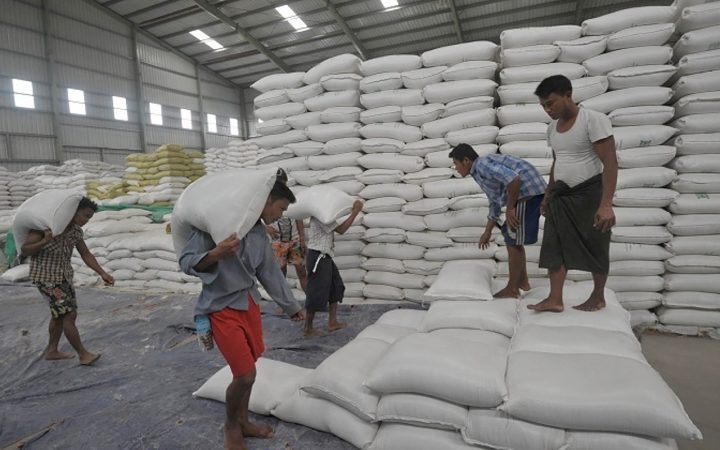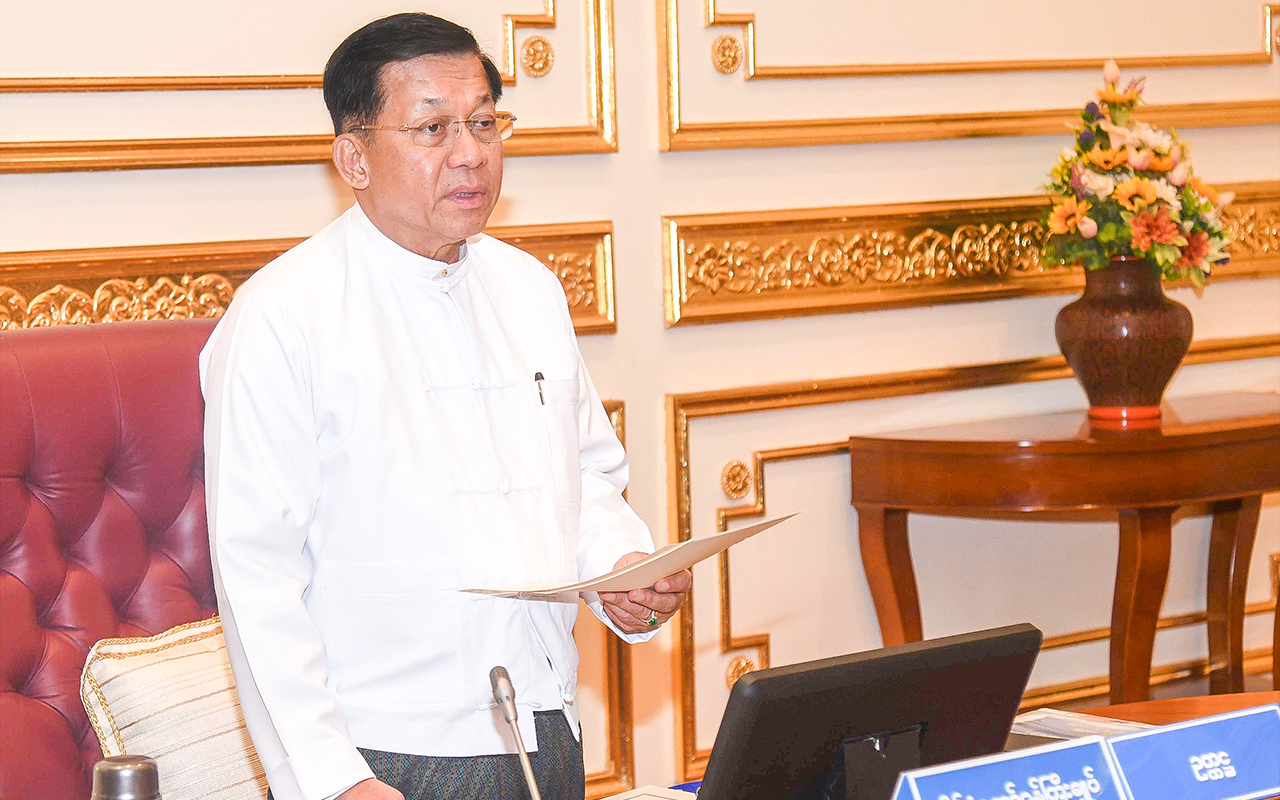Myanmar Investment Commission (MIC) exceeds its US$ 6 billion foreign direct investment target for 2017-18
21 กรกฎาคม 2560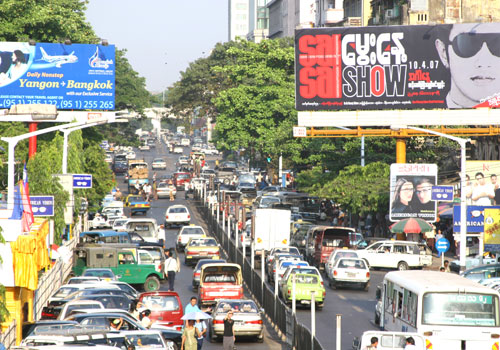
The Myanmar Investment Commission (MIC) could achieve or even exceed its US$6 billion foreign direct investment target for 2017-18.
Between April 1 and July 11 of the current fiscal year, FDI into the country hit US$2.7 billion, almost half the MIC’s target. Meanwhile, a total of US$127 million in fresh funds was pumped into the Thilawa Speical Economic Zone, while US$221 million was injected into existing projects.
That’s US$3.1 billion in total for the first four months of the current fiscal year, which is half the MIC’s original target for the entire year.
“During first four months of the [fiscal] year, FDI has already reached US$3 billion so our target is likely to be achieved. We still have about eight months left to the end of the fiscal year, so things are looking very promising,” said U San Myint, deputy director general of Directorate of Investment and Company Administration.
Falling behind
However, the FDI target for the current year still lags behind previous years’. In 2016-17, the National League for Democracy government’s first year in power, FDI totaled US$6.6 billion, which was about US$3 billion less than in FY2015-16. During the last year of former president U Thein Sein’s administration, Myanmar enjoyed FDI of US$9.5 billion.
The highest year on record for FDI was 2010-11, when total FDI hit almost US$20 billion. Half of those funds were approved for the oil and natural gas extraction sector, while US$8.2 billion was channeled to the electricity sector. The remaining funds were ploughed into the mining and mineral extraction sector.
At the time, China was Myanmar’s largest foreign investor, pumping in investments worth US$8.3 billion. Hong Kong came in second with investments of up to US$5.8 billion. Meanwhile, South Korea, Thailand, and Singapore invested US$2.7 billion, US$2.1 billion and US$226 million respectively.
Since then, Singapore has emerged as one of the largest foreign investors in Myanmar, with investments totaling US$17.5 billion as at June 2017, up around 25 per cent from the previous year.
China still tops the list as the largest investor in Myanmar, with some US$19 billion invested in the economy, up about 27 pc from the previous year.
Thailand is the third largest investor, with US$10.9 billion invested in the local economy.
While the oil and natural gas extraction sector still attracts the most funds, interest in transport and communication as well as mining has risen in recent years, according to data provided by the Directorate of Investment and Company Administration (DICA).
New policies
The government has introduced new policies in a bid to boost FDI. A new investment law implemented in October 2016, when approved this month, will see new regional and state investment commissions approved, making it easier for potential investors to expand in the country.
“We will authorise investment permits to the regional and state investment commissions soon,” said deputy director general U San Myint. “This will speed up the investment process in Myanmar.”
Under the new law, regional and state investment commissions can approve investments of up to US$5million (K6 billion).They can authorise most investment works apart from some exceptions governed under section 36 of the new Myanmar Investment Law.
The law stipulates that capital investments and investments with potential environmental impact as well as those under scrutiny by the Union Government will need MIC approval to proceed.
The government will also seek to enhance the farming, service and agricultural based products, livestock breeding and fisheries, import substitute businesses, hydroelectric distribution, transport, education and health sectors, while construction of low-cost housing and industrial cities will be the State’s priority.
“We will focus on the sectors most in need of investment in the country. The first one is electricity, second is transport, then import substitution and improving exports. These are the most important sectors,” U San Myint said.
Meanwhile, 60 pc of the Myanmar population still live in villages. “So we will need more investments in the farming sector and livestock breeding sector. The education and health sectors are also important for the country,” he adds.
We also need the right infrastructure to develop our industrial sector. Low-cost housing is also needed for the people who have low salaries. We have invited investors to consider all these sectors,” he said.
(The Myanmar Times: http://www.mmtimes.com/index.p

